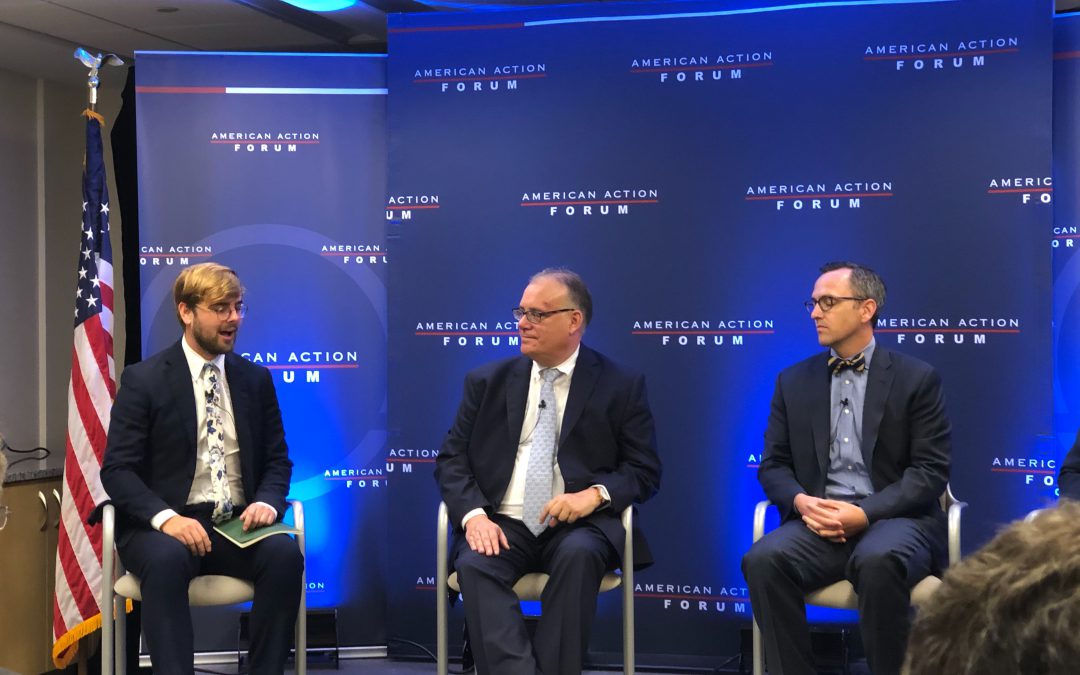WASHINGTON – The Federal Reserve’s planned real-time payment system isn’t necessary and could disrupt real-time payment options created by banks and private industry, Republican Rep. Ted Budd and several financial experts said Thursday.
The Fed announced in August that it would launch the FedNow Service in 2024 to enable the instantaneous transfer of money, with the potential to become a widely used transfer platform with more flexibility for individuals and businesses to make real-time payments.
But Budd, who serves on the house Financial Services Committee, disagreed with the need of the planned system. He said the Federal Reserve would have to attract other financial institutions to join its real-time payment service.
“Three or four years ago, the Federal Reserve encouraged private industry to operate real-time payment systems. Now they want to displace that with FedNow,” he said. “I think it is flat out wrong.”
Budd said he has proposed a measure that would require the Federal Reserve to conduct a quantitative impact study of the proposed real-time payment system before implementing it.
“I’d like to say to the Fed, just allow the private industry to do what you told it to do,” he said.
Thomas Wade, director of financial services policy at the American Action Forum, a right-leaning fiscal policy think tank, cautioned that the Federal Reserve’s real-time payment system would discourage competition because it would be costly and time-consuming.
He argued that the FedNow would create market confusion because many financial institutions have made decisions to join the existing real-time payment network and don’t know how the FedNow system would operate five years from now.
However, Cary Whaley, first vice president for payments and technology policy at the Independent Community Bankers of America, said there is no conflict in having different real-time payment systems.
“Multiple real-time payment systems could work together to make the economy stronger,” he said.

